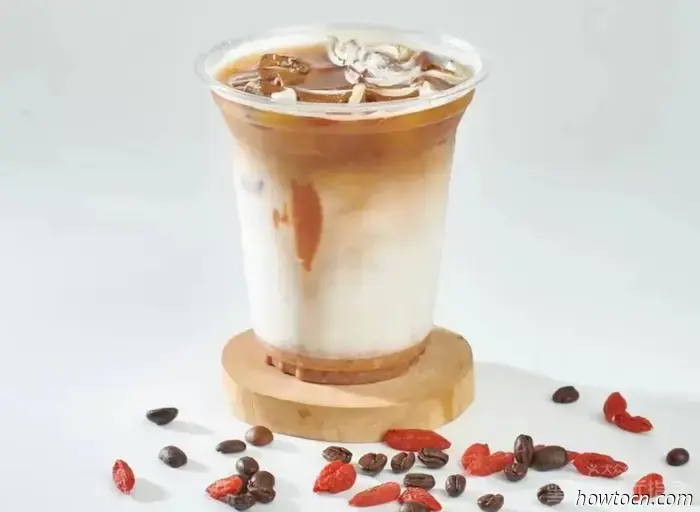
As temperatures drop and dry air prevails, many residents embrace the age-old practice of 秋补 qiū bǔ (autumn tonic), a traditional food therapy meant to nourish the body and prevent seasonal illnesses. According to traditional Chinese medicine (TCM), known as 中医 zhōng yī, autumn is an ideal time to hydrate the lungs, alleviate dryness, and prepare the body for winter. Ingredients such as 秋梨膏 qiūlígāo (autumn pear syrup), 银耳 yíněr (white fungus), 枸杞 gǒuqǐ (goji berries), and 红枣 hóngzǎo (red dates) have historically been essential in Chinese homes.
However, when you visit a supermarket or browse Taobao today, you'll notice that these once modest ingredients have now become a thriving market. They are repackaged, rebranded, and adapted to fit the lifestyle of urban consumers.
From Apothecary to Supermarket Shelf
Take autumn pear syrup as an illustration. Traditionally, it was created by simmering pears with herbs for an extended period to produce a thick medicinal syrup, which would then be added to hot water to relieve coughs and dryness. Now, it's presented in stylish glass bottles with minimalist labels and marketed as a natural soft drink. Brands are now positioning it not only as a health remedy but also as a wholesome alternative to soda, something convenient to sip on during commutes or mix into sparkling water at a cocktail establishment.
In a similar vein, white fungus, which was once painstakingly rehydrated and cooked at home, is now available in bottles as ready-to-drink “dessert soups” found in convenience stores. Enhanced with red dates or lotus seeds, these are catered to office workers as beauty tonics, claiming to provide collagen and hydration on the go.
Goji Latte, Anyone?
Perhaps the most notable change is the integration of traditional remedies into the trendy café scene. Goji berries, recommended by TCM practitioners for enhancing vision and boosting energy, are now incorporated into cold-brew coffees and lattes at upscale coffee shops. Advertised as a “superfood,” goji has transitioned from a staple in grandma’s thermos to a lifestyle element that offers a natural pick-me-up for busy office workers trying to juggle wellness with their caffeine needs.
Similarly, red dates have evolved into convenient products: tea bags that can be steeped at work, snack packs mixed with nuts, or freeze-dried slices added to yogurt. What was once an elaborate kitchen chore has now been transformed into portable wellness tailored for the 9-to-9 working crowd.
Branding Wellness for Gen Z
The commercial appeal of autumn tonics is rooted in savvy marketing that repositions these foods from being seen as mere “medicine” to being part of a lifestyle. Young consumers are less focused on traditional TCM prescriptions and more interested in practical benefits such as hydration, improved sleep, skincare, or boosting immunity. This shift has provided businesses the opportunity to employ contemporary branding, influencer marketing, and even collaborations with bubble tea or energy drink brands.
On platforms like Xiaohongshu and Douyin, influencers share recipes for qiuligao sparkling water or “red date milk tea,” transforming age-old remedies into trendy lifestyle content. Suddenly, what grandmothers used to simmer for hours is being rebranded as the latest beverage trend.
A Seasonal Tradition, Reinvented
This modern revival does not imply that traditional wisdom is being overlooked. Instead, autumn food therapy has been modified to align with urban lifestyles: quick, portable, and Instagram-friendly. The core principle remains intact, fostering well-being with the seasonal transition. However, packaging and consumption behaviors have transformed.
Today, you are just as likely to see someone enjoying a pear syrup soda as you are to find an elderly neighbor preparing their own batch at home. The message is unmistakable: In a city where tradition and modernity continuously intersect, even the practice of autumn nourishment is discovering new ways to flourish.





Investigating contemporary variations of 秋补 (qiū bǔ), also known as autumn tonic.